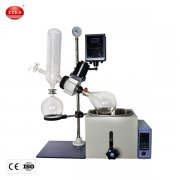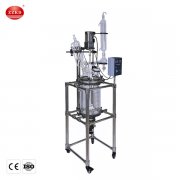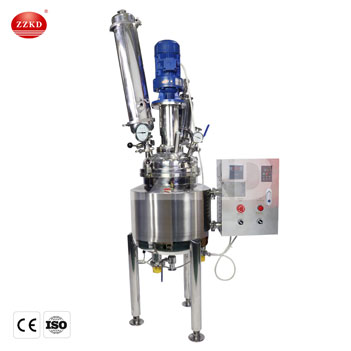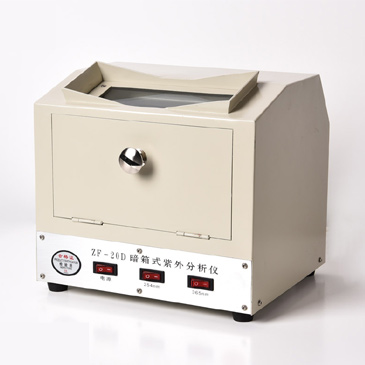In the realm of chemical engineering and laboratory research, innovation is the key to achieving efficient and precise results. One such innovation that has gained prominence in recent years is the jacketed 100 Lite Glass Reactor. This versatile apparatus has revolutionized the way chemical reactions are conducted, offering researchers a controlled environment to explore a wide range of reactions. In this article, we delve into the features, applications, benefits, and a real-world case study of the jacketed glass reactor reaction vessel.
Understanding the Jacketed Glass Reactor Reaction Vessel
A jacketed glass reactor reaction vessel is a specialized apparatus designed for conducting chemical reactions under controlled conditions. It consists of a glass vessel with an external "jacket" that allows for efficient temperature regulation. The reaction vessel is equipped with various ports, valves, and connectors to facilitate the introduction of reactants, monitoring of reactions, and removal of products. The jacket, which surrounds the glass vessel, serves as a means of heating or cooling the reaction mixture, ensuring precise control over temperature-sensitive reactions.
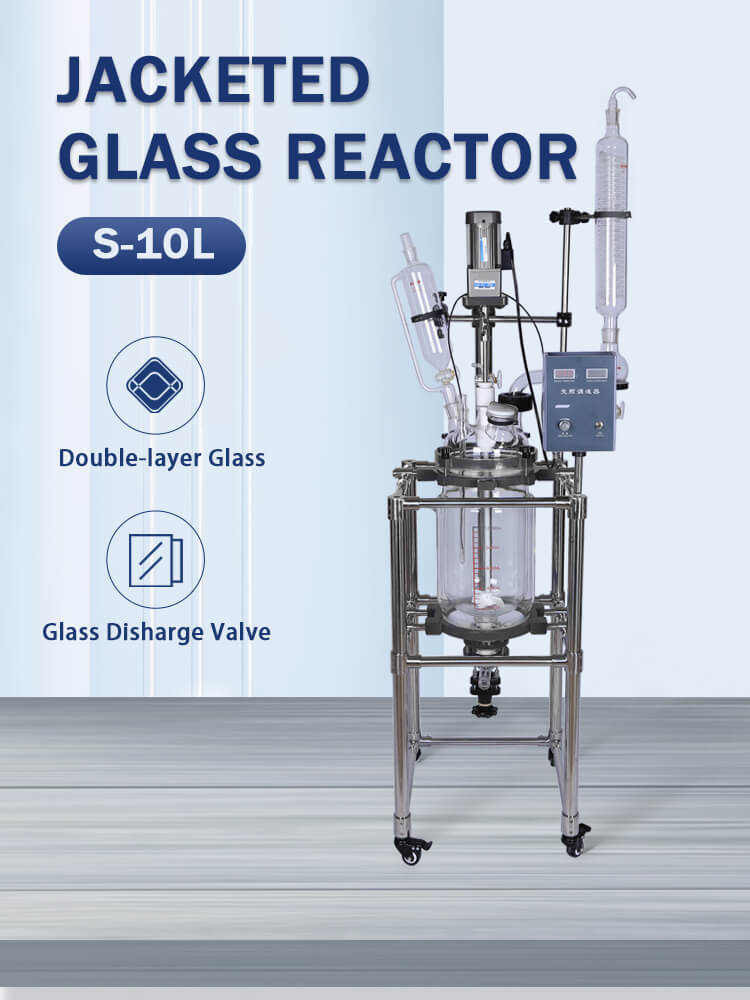
Key Features and Components
Glass Vessel: The core component of the jacketed glass reactor reaction vessel is the glass container where the reaction takes place. Glass is chosen for its excellent visibility, chemical inertness, and ability to withstand a wide range of temperatures.
Jacket: The external jacket, usually made of stainless steel, encases the glass vessel. This jacket is responsible for maintaining a constant temperature during the reaction by circulating a heat transfer fluid, such as water or oil.
Stirring Mechanism: Agitation is crucial for homogenizing reactants and promoting efficient mixing. Most jacketed glass reactors are equipped with a motor-driven stirring mechanism that ensures thorough blending of components.
Ports and Valves: The reaction vessel includes ports for introducing reagents and monitoring parameters like temperature, pressure, and pH. Valves allow for controlled addition of substances and sampling during the reaction.
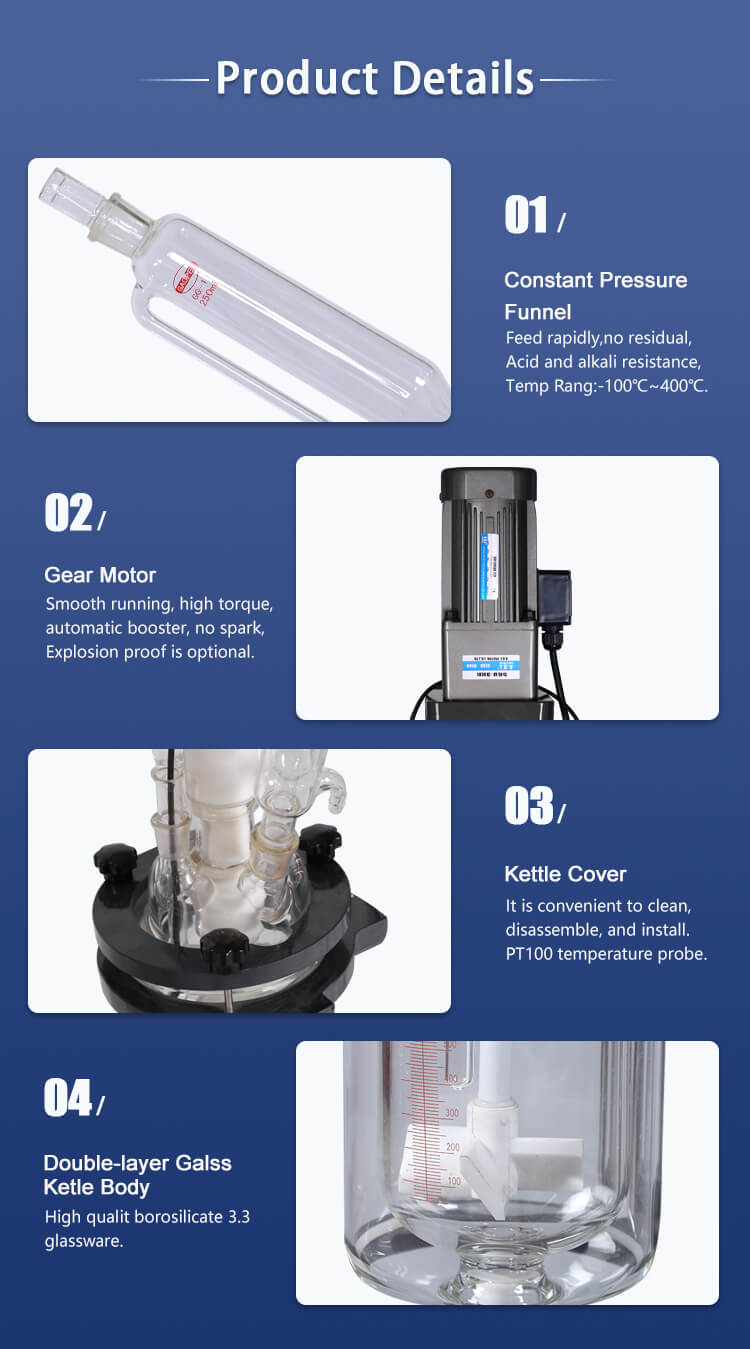
Applications of Jacketed Glass Reactor Reaction Vessel
The versatility of the jacketed glass reactor reaction vessel makes it an essential tool in various scientific and industrial applications:
Pharmaceutical Industry: Jacketed glass reactors play a pivotal role in pharmaceutical research and development. They facilitate the synthesis of new drugs, optimize reaction conditions, and ensure product consistency.
Chemical Synthesis: From organic chemistry to petrochemical processes, these vessels are employed for chemical synthesis, enabling scientists to discover new compounds and study intricate reaction pathways.
Material Science: In material science research, jacketed glass reactors are used to produce and modify materials with specific properties. They allow researchers to explore the synthesis of advanced materials like nanoparticles, polymers, and coatings.
Food and Beverage: The vessels find application in the food and beverage industry for processes such as fermentation, flavor extraction, and production of additives.
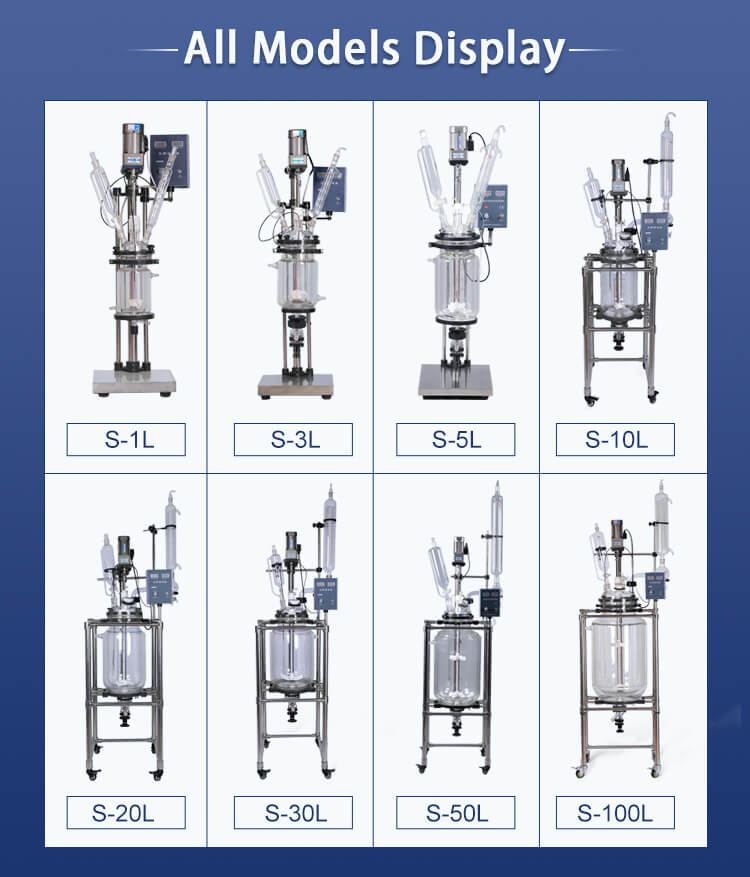
Benefits of Using a Jacketed Glass Reactor Reaction Vessel
Temperature Control: Precise temperature control is critical for achieving reproducible results in chemical reactions. The jacketed design ensures uniform heat distribution throughout the reaction mixture.
Visibility: The transparent glass vessel enables researchers to visually monitor the progress of the reaction, ensuring timely adjustments if necessary.
Safety: The jacket provides an additional layer of insulation, reducing the risk of thermal shocks or contact with hot surfaces.
Scale-up Possibilities: Jacketed glass reactors are available in various sizes, making it easier to scale up reactions from lab-scale to production-scale while maintaining process consistency.
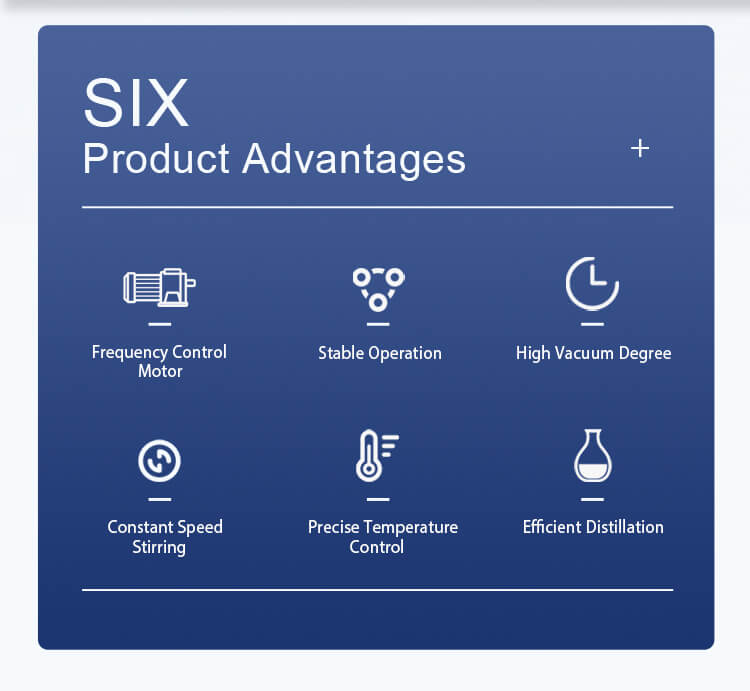
Case: Catalyst Optimization in Jacketed Glass Reactor Reaction Vessel
In a recent case study conducted at XYZ Pharmaceuticals, researchers aimed to optimize the synthesis of a novel pharmaceutical compound with potential anti-cancer properties. The challenge lay in finding the most efficient catalyst and reaction conditions. The researchers employed a jacketed glass reactor reaction vessel to explore different catalysts and reaction temperatures.
By utilizing the jacketed design, the researchers precisely controlled the temperature during the reaction. This enabled them to observe how different temperatures affected the reaction kinetics and selectivity of the desired product. The transparent glass vessel allowed them to monitor color changes and the formation of precipitates, providing real-time insights into the reaction progress.
Through a series of experiments, the researchers identified an optimal catalyst and temperature range, leading to a significantly improved yield of the target compound. The ability to adjust and monitor reaction conditions in real-time was pivotal in achieving this outcome.
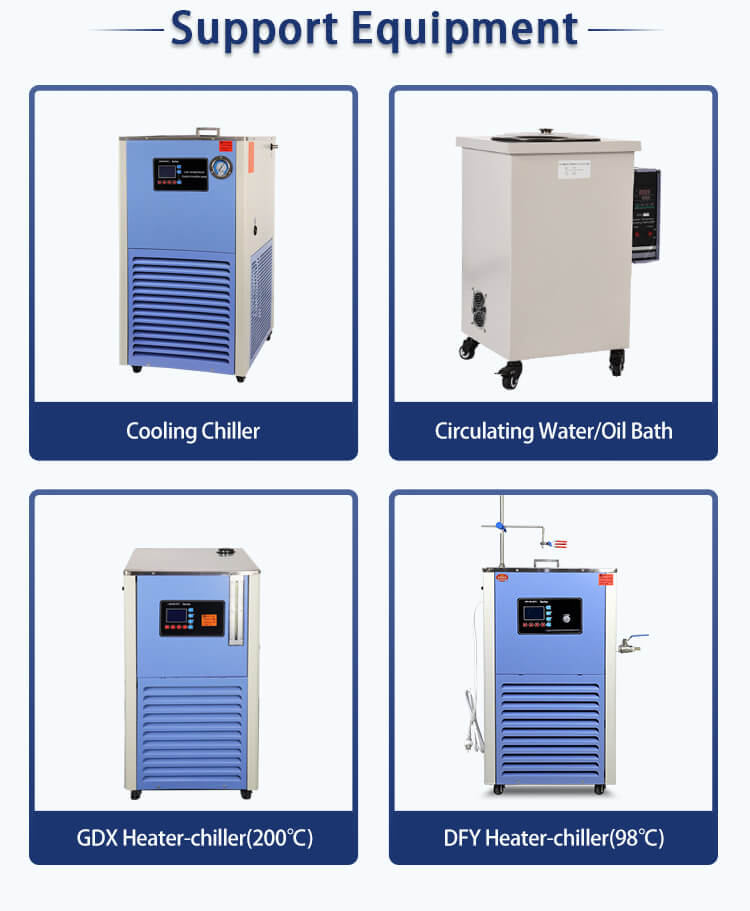
Conclusion
The jacketed glass reactor reaction vessel has emerged as a cornerstone of modern chemical research and industry. Its ability to offer controlled temperature environments, visibility into reactions, and scalability makes it an invaluable tool across various disciplines. From pharmaceuticals to materials science, this innovation continues to drive advancements and push the boundaries of what's possible in the world of chemical processes. As technology and research methodologies evolve, the jacketed glass reactor reaction vessel remains a symbol of precision and innovation in the pursuit of scientific discovery.

 Products
Products





